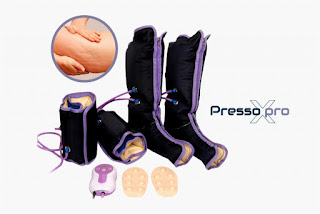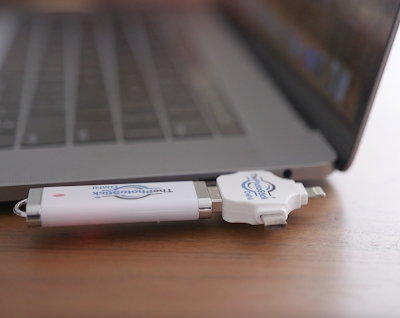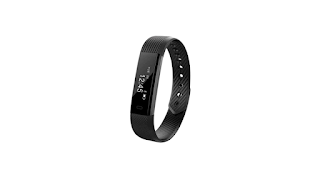Best Japanese Knives on Amazon: Buyer’s Guide
Hey there, hope your day is going well. If you’re one in a million searching for Japanese Knives, probably you need to take a break and have a look at our list of Japanese Knives. With so many different varieties, types and models of Japanese Knives available, it can be confusing, especially with tons of fake products available in the market.
Our team has dedicated weeks researching and reviewing the list for our readers. We know the value for your money and hence we have closely monitored the Japanese Knives of this year. These products have managed to outsell and outperform then their competitors and hence got place in our list.
The Japanese knife is often coveted for its sharp blades, elegant design, convenient grips, and many incredible features. Unlike traditional knives, these knives have thin blades, which makes them prone to breaking if not properly cared for.
Because of this, they’re not the best choice for clumsy chefs, as the knives need to be handled carefully. You can, however, enjoy their precision cuts, multipurpose capabilities, and incredible presentation when you choose the best Japanese knives like Huusk knives. A handmade husk Japan kitchen knife forged from high carbon and high manganese steels.
So, if you’re looking for the best Japanese knives, the same ones you’d find at a 5-star sushi restaurant, then you’ve come to the right place. Today, I’d like to introduce you to some of the top Japanese knives that have grown in popularity throughout the world. They are integral, durable, sturdy, and long-lasting.
What to Look for When Buying Japanese Knives?
Type
Gyuto (Chef’s Knife): A gyuto is a versatile knife used for most kitchen tasks. The blades are thinner and lighter, and the angle is higher than that of a Western chef’s knife.
Santoku (Multipurpose Knife):
Western cooks are probably most familiar with this type. A “santoku” can be used for multiple purposes, including slicing, dicing, and mincing. People with petite hands will find them more compact than the gyuto. They are ideal for delicate work.
Nakiri (Vegetable Knife):
The nakiri, which literally means “to cut greens,” is the obvious choice for precise cutting and julienning. Flat edges guarantee a clean cut without straggling tomato skin. Their purpose is to cut vegetables, and they are extremely effective.
Petty (Paring Knife): A petty, as its name implies, is a smaller version of the gyuto. It’s ideal when tasks require a smaller blade, such as slicing garlic or hulling strawberries.
Materials
Choosing a knife can be confusing when you have to choose between carbon and stainless steel. First of all, knives have carbon since it is a component of all steel blades, be they stainless, carbon, or otherwise. High-carbon steel usually has the word high attached, as in “high-carbon stainless steel.” Steel knives are steel knives, but stainless adds durability. Blades made of carbon steel retain sharpness longer and are heavy-duty, but they can corrode and rust over time. By virtue of the chromium in the alloy, adding stainless steel mitigates discoloration or corrosion. Additionally, chrome makes blades shiny and allows them to stay beautiful for longer with less maintenance.
Maintenance
It takes a little more effort to maintain a Japanese blade than a Western one. Since most blades are ice-hardened, they may break or chip if exposed to strong detergents or dishwasher sprays. They should be dried immediately after cleaning. By doing so, they won’t be stained with rust. A dishwasher’s heat and steam can also cause handles to crack. Your knives should remain beautiful.
In this arena, Japanese knives require a little extra attention since dull knives are useless. Sharpening them at home can be done with whetstones, but it requires an understanding of the higher angle of the Japanese edge. Practicing is necessary. You should take advantage of sharpening that some brands and retailers offer with purchases. Even if a shop doesn’t offer free sharpening, it is a smart investment to keep your knives sharp.
Storage
Storage is not an issue with a set, since the block is included.
If you prefer individual knives, you have a few options. Sheaths are available for some knives. However, if your knives are meant to be kept in a drawer, you may want to invest in an organizer to keep them from falling out. There are many types of drawer organizers, and they keep your blades safe.
In case you have the space, magnetic strips mounted on a wall are a great option. Having them near your prep area is convenient and they come in a variety of attractive materials.
Conclusion
Hope now you are clear about how to select the best japanese knife. Since Japanese knives are made with harder steel, they stay sharper longer than any other knife you’ve ever used, says Kent. Invest in a ceramic honing rod to keep your knives sharp longer, or find a shop to sharpen them for you.
Knives should always be washed, dried, and stored. They should also always be sharpened. Thank you for reading.




Comments
Post a Comment